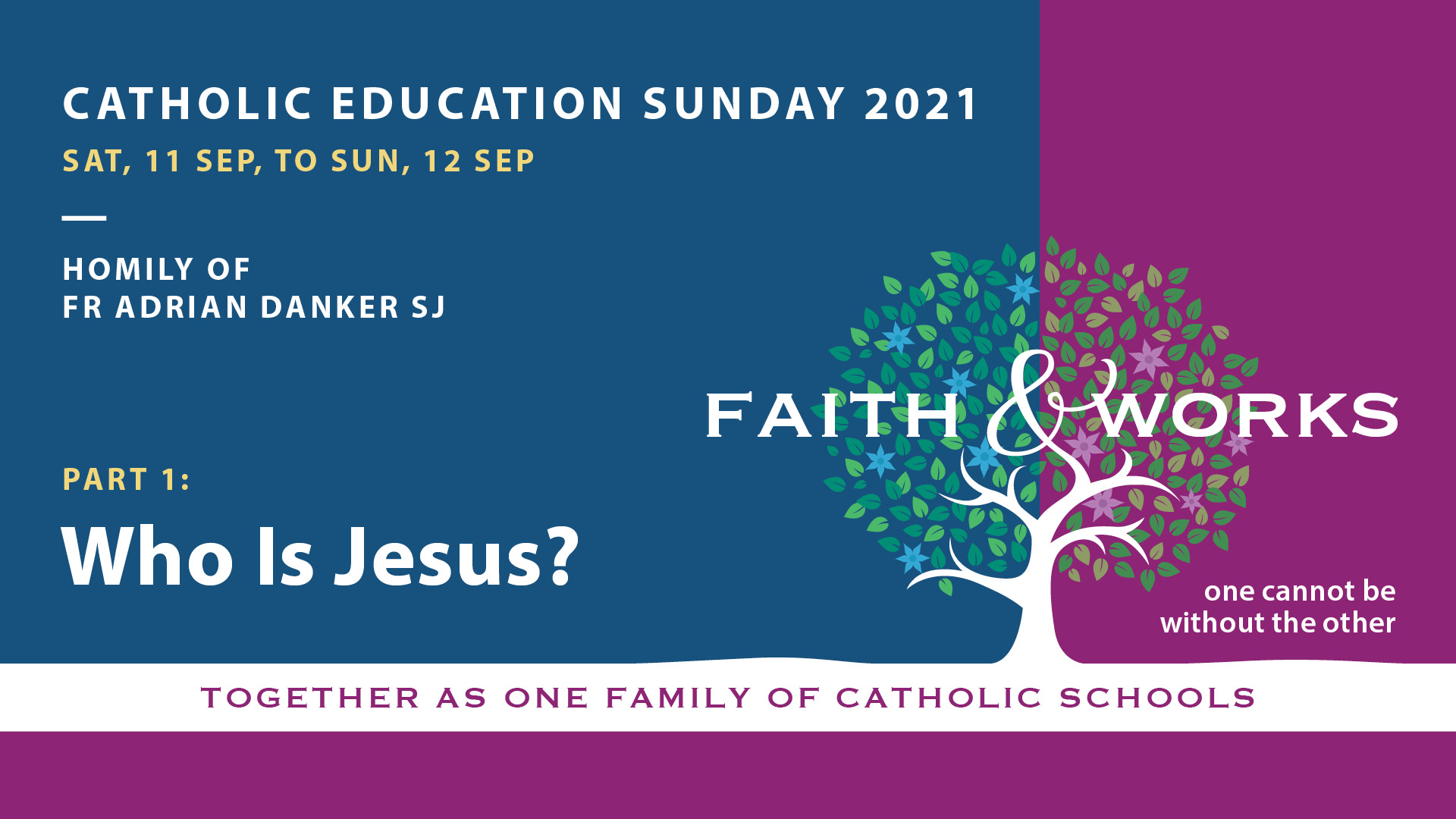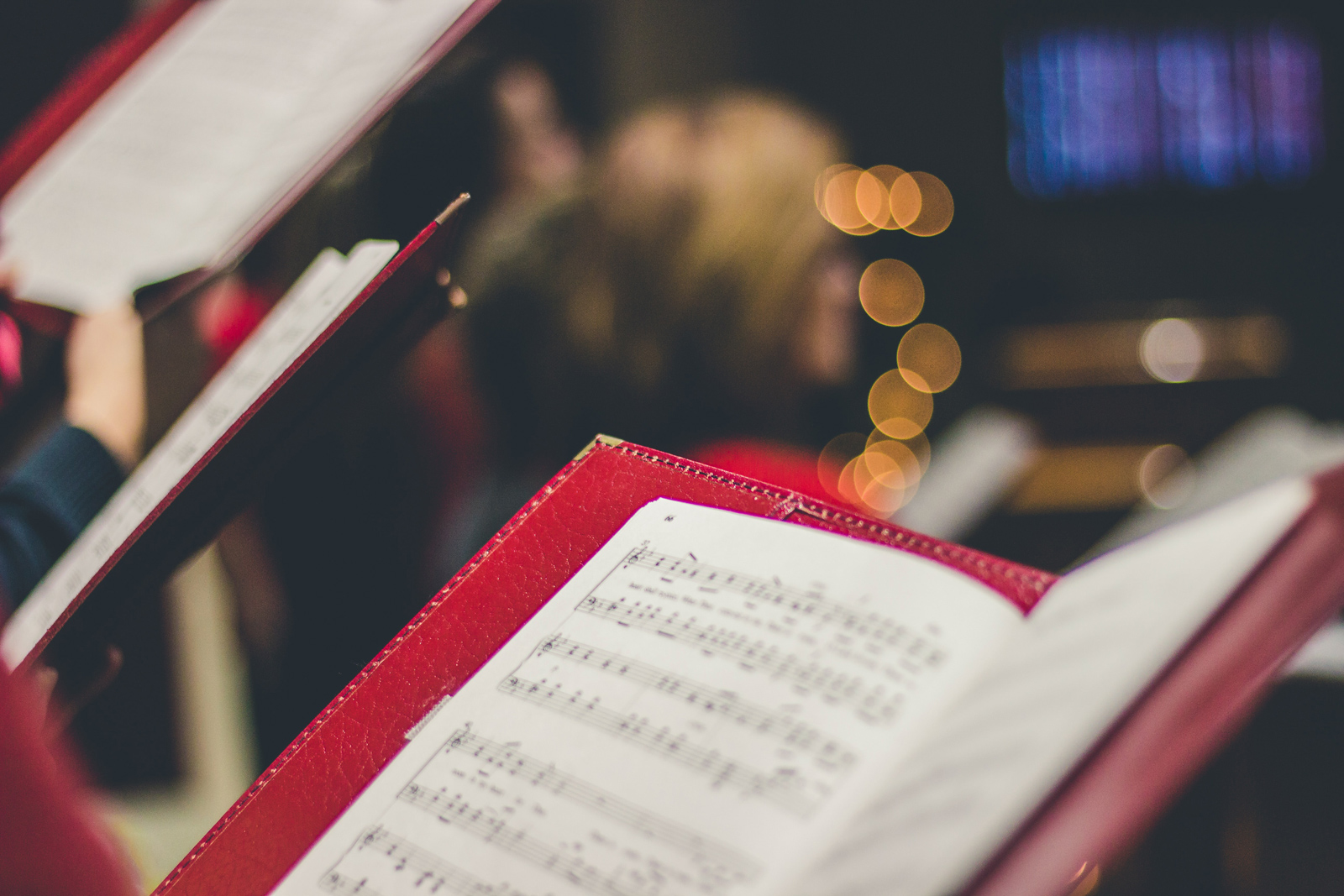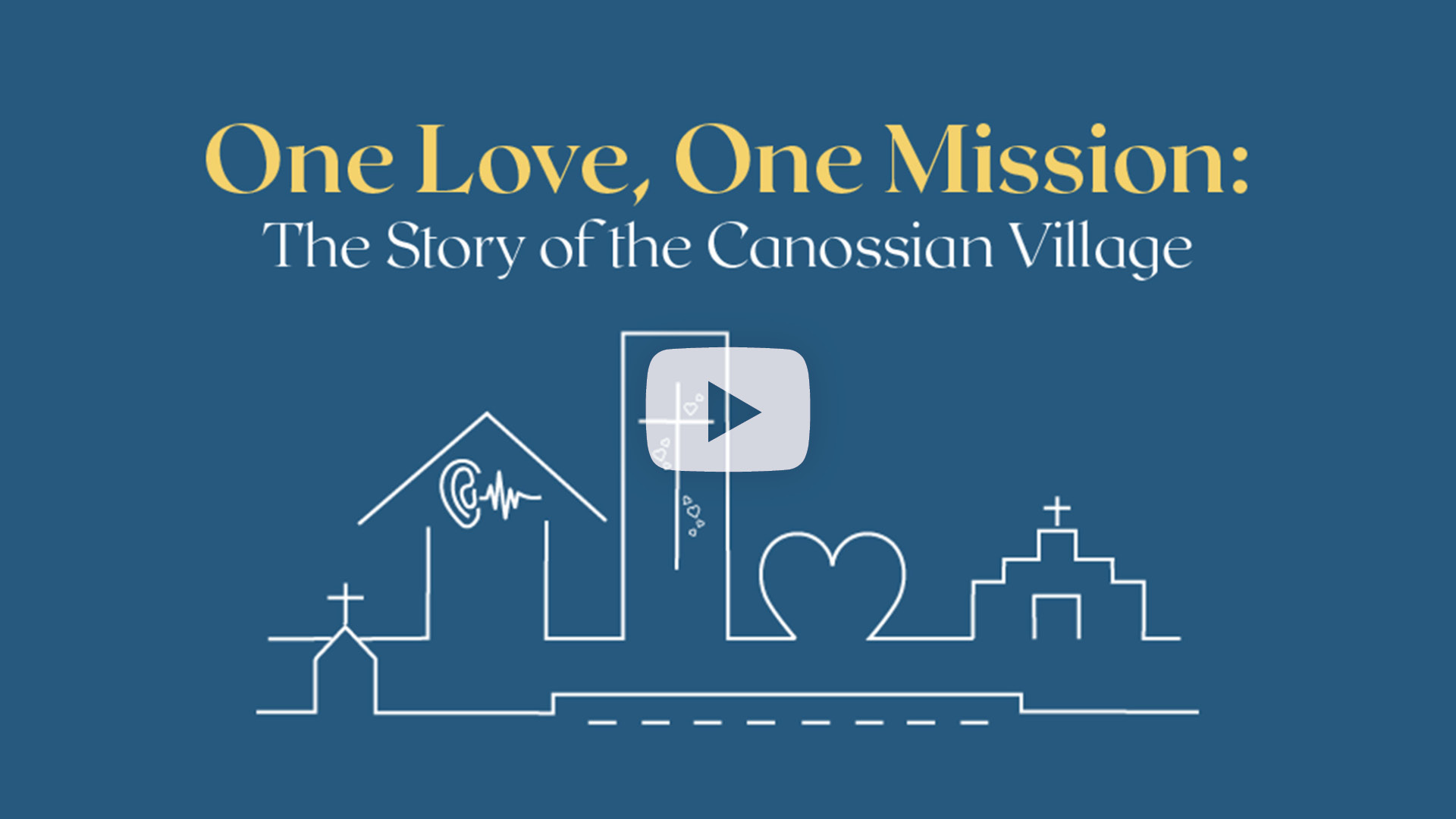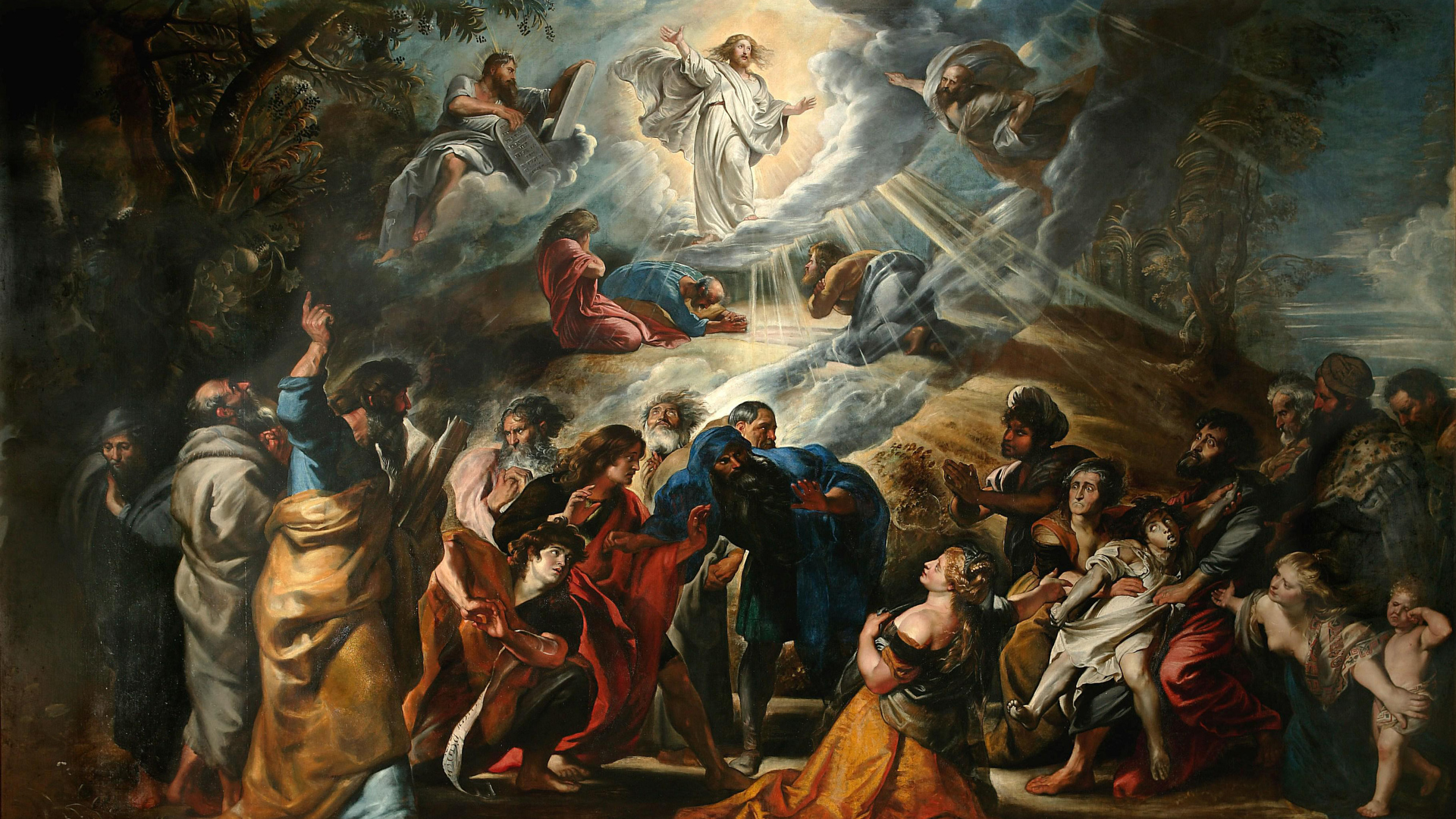This evening, the Infant Jesus Sisters invite everyone to join in the celebration of Holy Mass commemorating the 400th anniversary of the birth of Blessed Nicolas Barré, the founder of their order. Mass will be live-streamed online on YouTube, celebrated by Fr Derrick Yap, OFM.
Today’s feast concludes the jubilee year of the fourth centenary of his birth, a celebration which began last October 21. Nicolas was born the eldest of five children to Antoinette and Louis Barré on 21 October 1621 in Amiens, France. He was their only son; they probably expected him to take over the family business.
However, educated by Jesuits from the age of ten, Nicolas witnessed their prayerful life integrated with charitable action; the Jesuits provided free lodging for poor students. The Jesuits were a missionary order sending priests all over the world to share the Gospel. Nicolas was inspired to be a priest.
Serving the Poor
Instead of joining the Jesuits, he decided to become a Minim, living among the poorest people in town and serving them throughout the epidemics, famines and wars of mid-seventeenth century France. Their motto, Caritas, later influenced the spirituality of the “Charitable Teachers” assembled by Fr Barré: the Infant Jesus Sisters.
Fr Barré was a noted philosophy and theology lecturer, as well as director of the library at the Minim convent of Place Royale, Paris, France. He witnessed the terrible poverty of the people of Paris. During a period of illness, he prayed and reflected that many social ills were the result of youth lacking education, and hence a sense of purpose and direction in life. Fr Barré decided to invite two young women, twenty-year-old Marguerite Lestocq and eighteen-year-old Françoise Duval, to help teach impoverished girls. Three other ladies soon joined the work, known as “Little Charitable Schools”.
Growth of the Mission
After four years of running these small schools, Fr Barré invited the teachers to live as a religious community under the care of Divine Providence: the Charitable Mistresses of the Schools of the Holy Infant Jesus.
 He wrote: “We should live in a state of complete dependence on grace, and however great the gifts and effects it produces, we should always focus on God Who is its source. As to our good deeds, we should remember that it is God Who deigns to act through us.”
He wrote: “We should live in a state of complete dependence on grace, and however great the gifts and effects it produces, we should always focus on God Who is its source. As to our good deeds, we should remember that it is God Who deigns to act through us.”
Summoned back to Paris by the Minims, Fr Barré discovered that news of his schools had spread, and a wealthy woman, Marie de Lorraine, invited him to open more with her financial help. Together, they founded ten schools and a small hospital.
In time, the Infant Jesus Sisters became an institute of pontifical right with communities in five continents, educating children throughout the world. Fr Barré was consulted by St John Baptist de la Salle, who founded the Institute of the Brothers of the Christian Schools to educate boys.
Arrival in Singapore
When founding the LaSallian St Joseph’s Institution in Singapore, Fr Jean-Marie Beurel wrote to the Infant Jesus Sisters in France, asking them to send missionaries to start a girls’ school. The sisters arrived in 1854 after an arduous journey by ship, and founded both a school and an orphanage for babies abandoned at their “Gate of Hope”.
The sisters trusted in God’s providence, teaching by day and supporting themselves as embroiderers by night. Their mission expanded to Japan in 1872 and Thailand in 1885. In Malaya and Singapore, they established 83 schools. Today, there are eleven Convent of the Holy Infant Jesus (CHIJ) schools in Singapore.
The CHIJ badge, designed by French students in 1894, bears the motto Simple Dans Ma Vertu, Forte Dans Mon Devoir: Simple in My Virtue, Steadfast in My Duty. It is a reminder to persevere in one’s responsibilities despite all challenges.
An IJ education forms students holistically, building their characters for the lifelong love and service of God and others. As the hymn to Father Barré says: “Touch many hearts to follow in your footsteps/To dedicate their lives to youth and poor/… to make Christ known and loved.”
At Blessed Nicolas Barré’s beatification in Rome, on 7 March 1999, Pope John Paul II said: “Nicolas Barré tirelessly sought to lead both the people he directed and the charitable teachers to the prayer of the heart, inspired by contemplation of the inexpressible mystery of God Who out of love became a human being and even a little child.”
Today, we celebrate his legacy of faith and love which has formed so many young Singaporean women throughout the generations. Join the IJ community in praying the Mass at 8pm on YouTube.
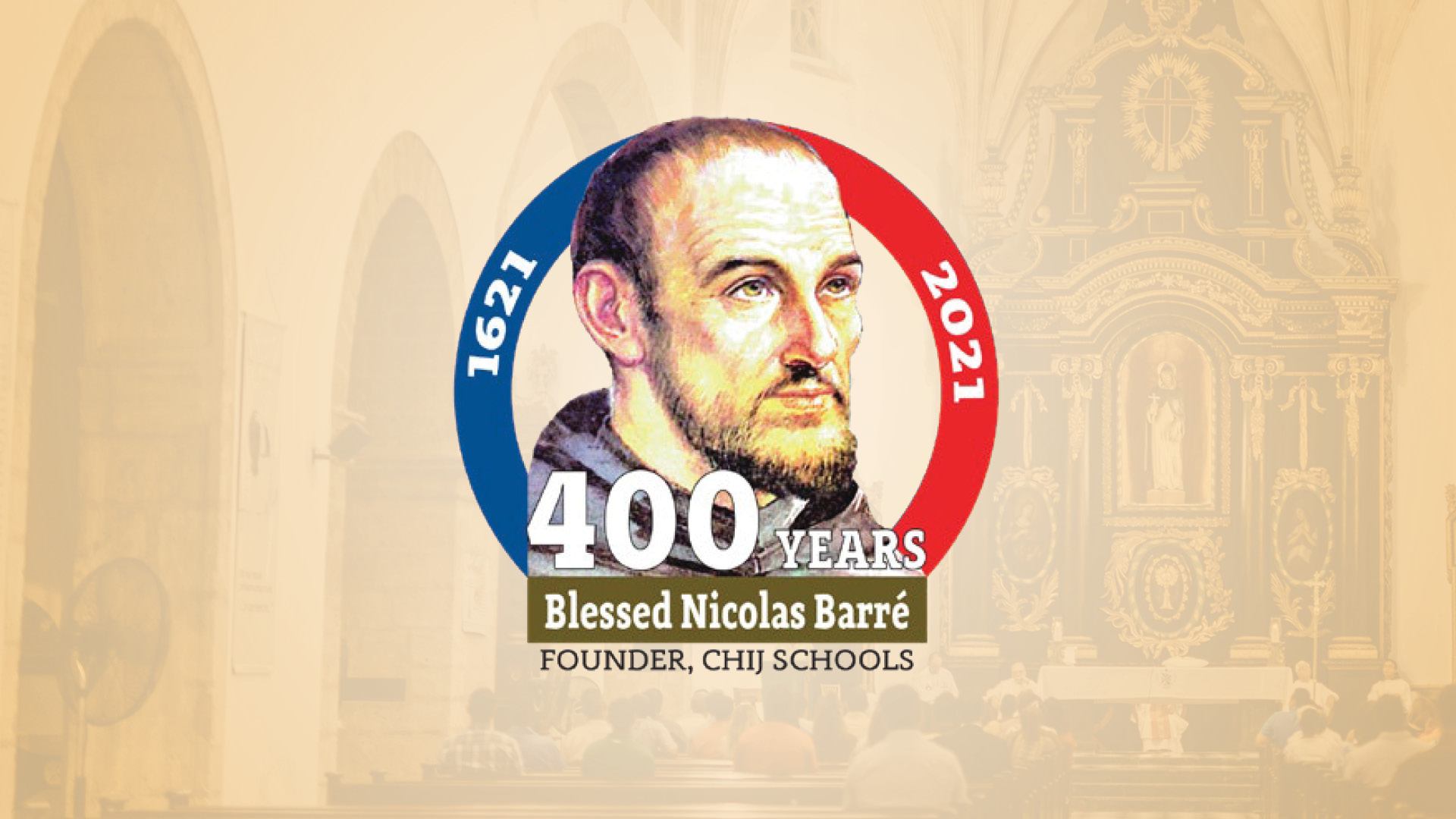
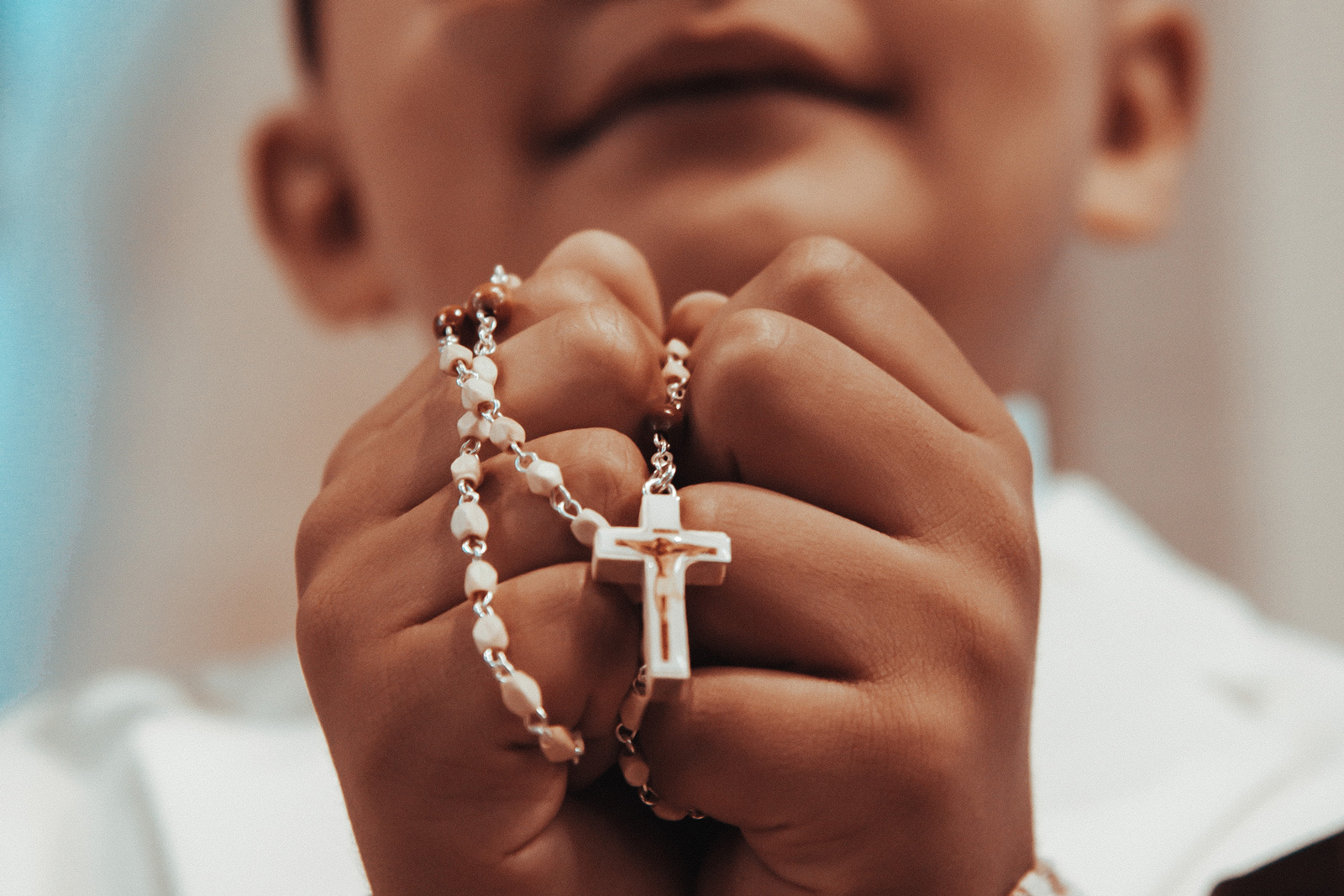
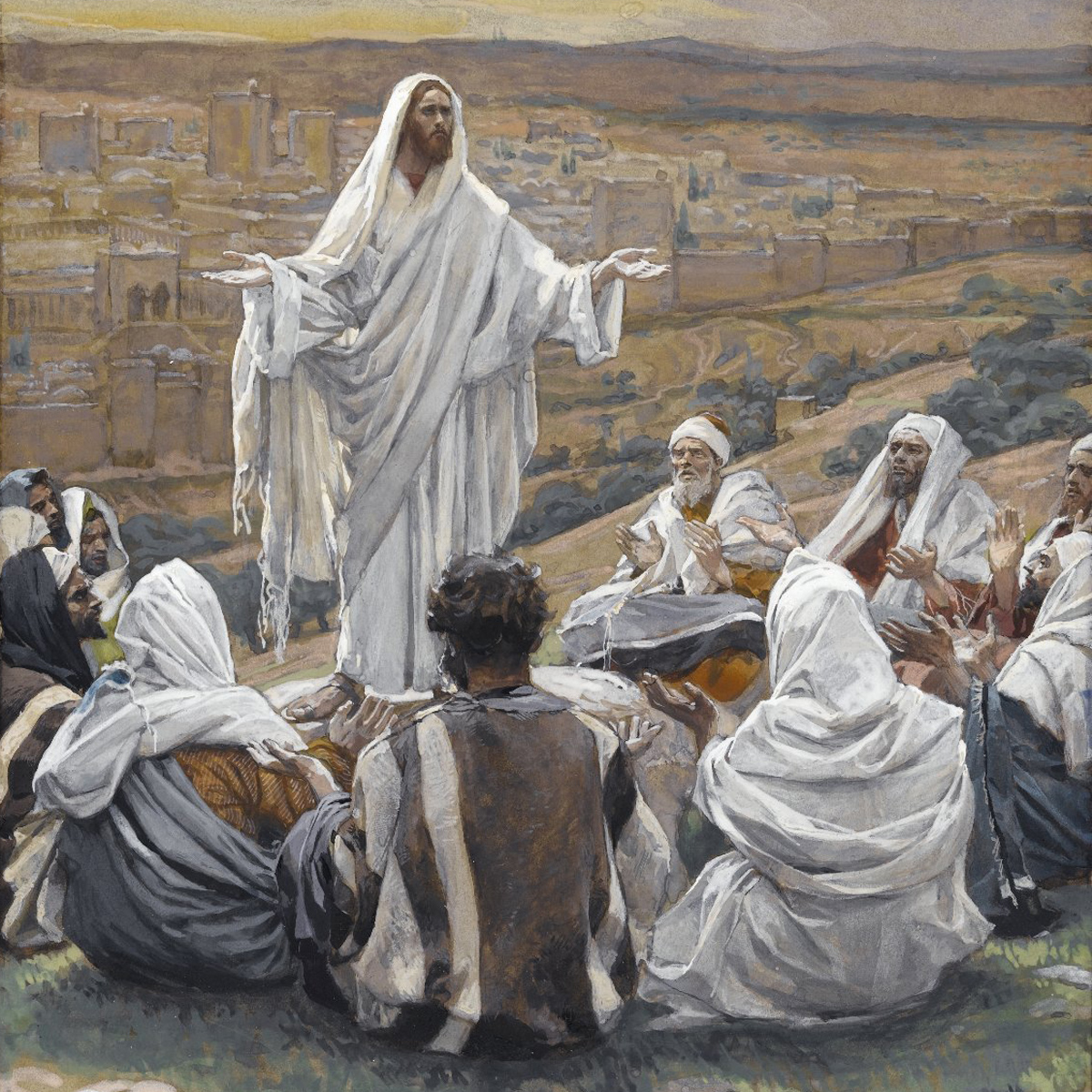
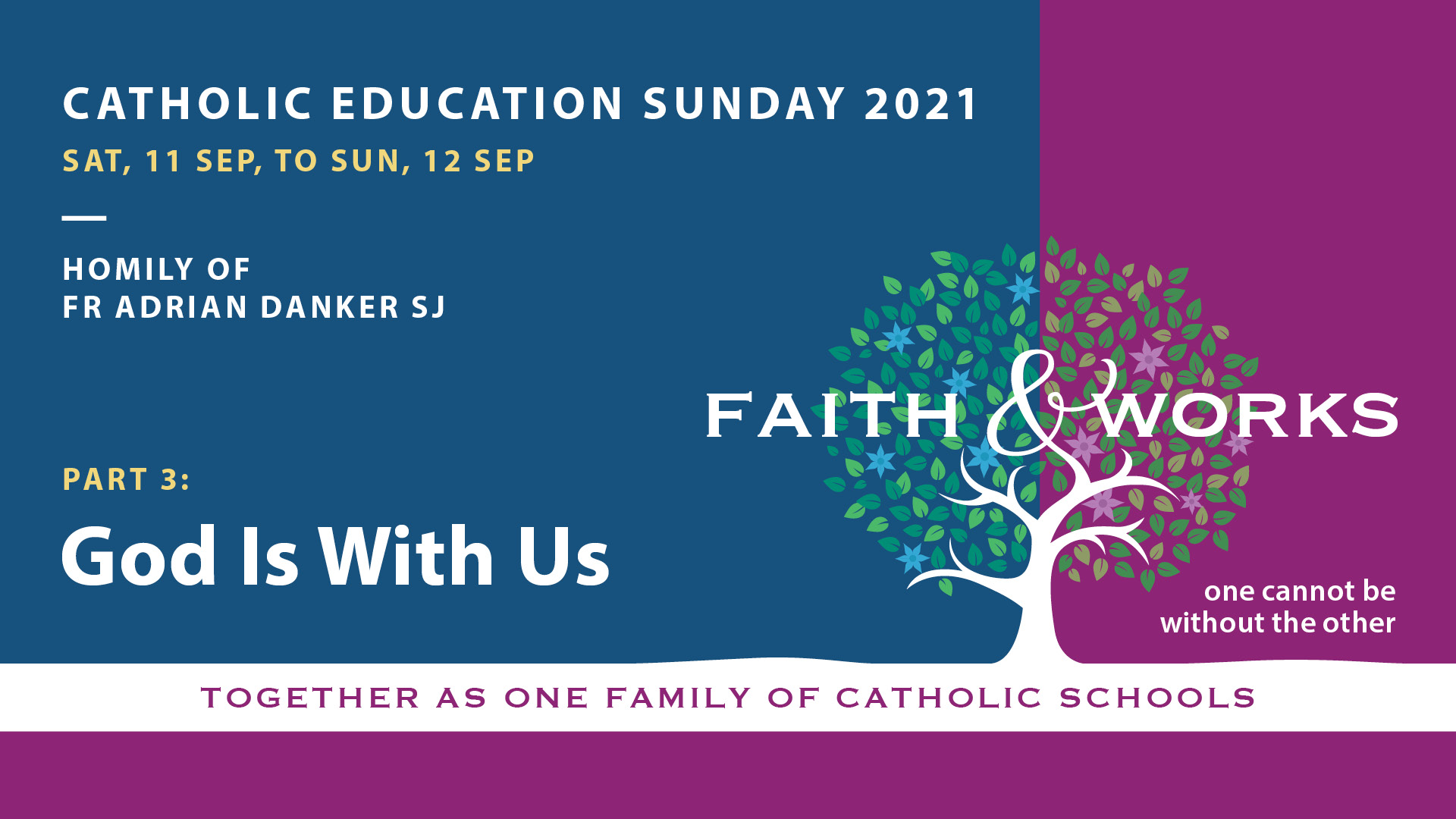

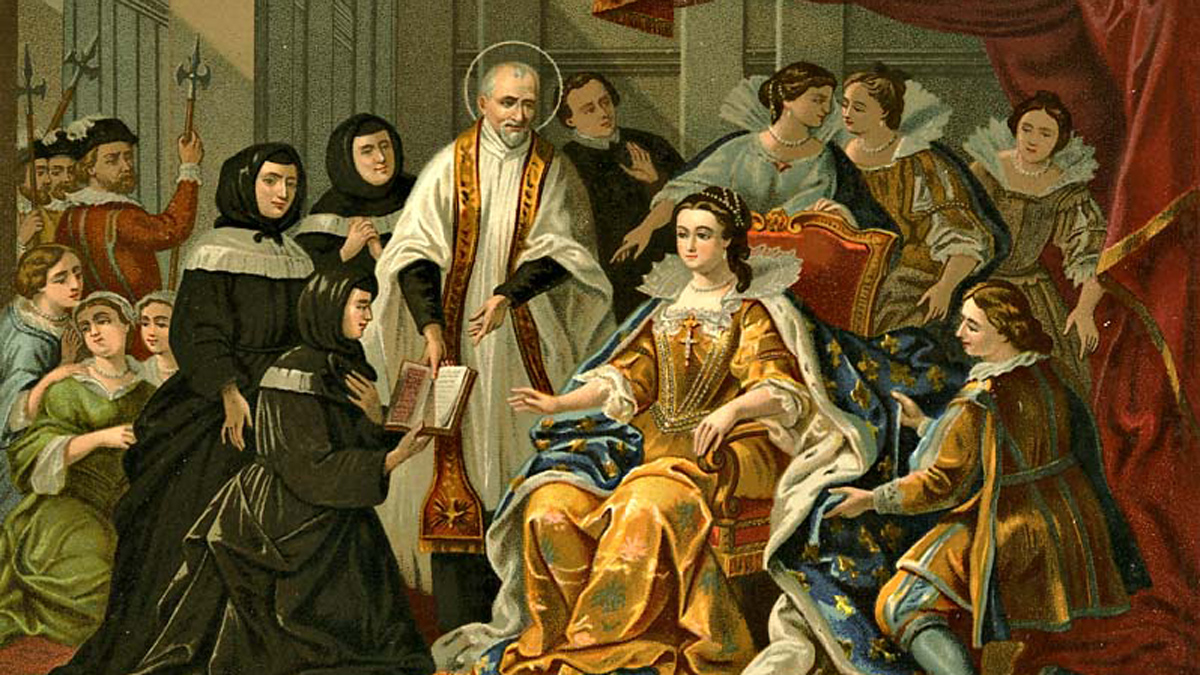
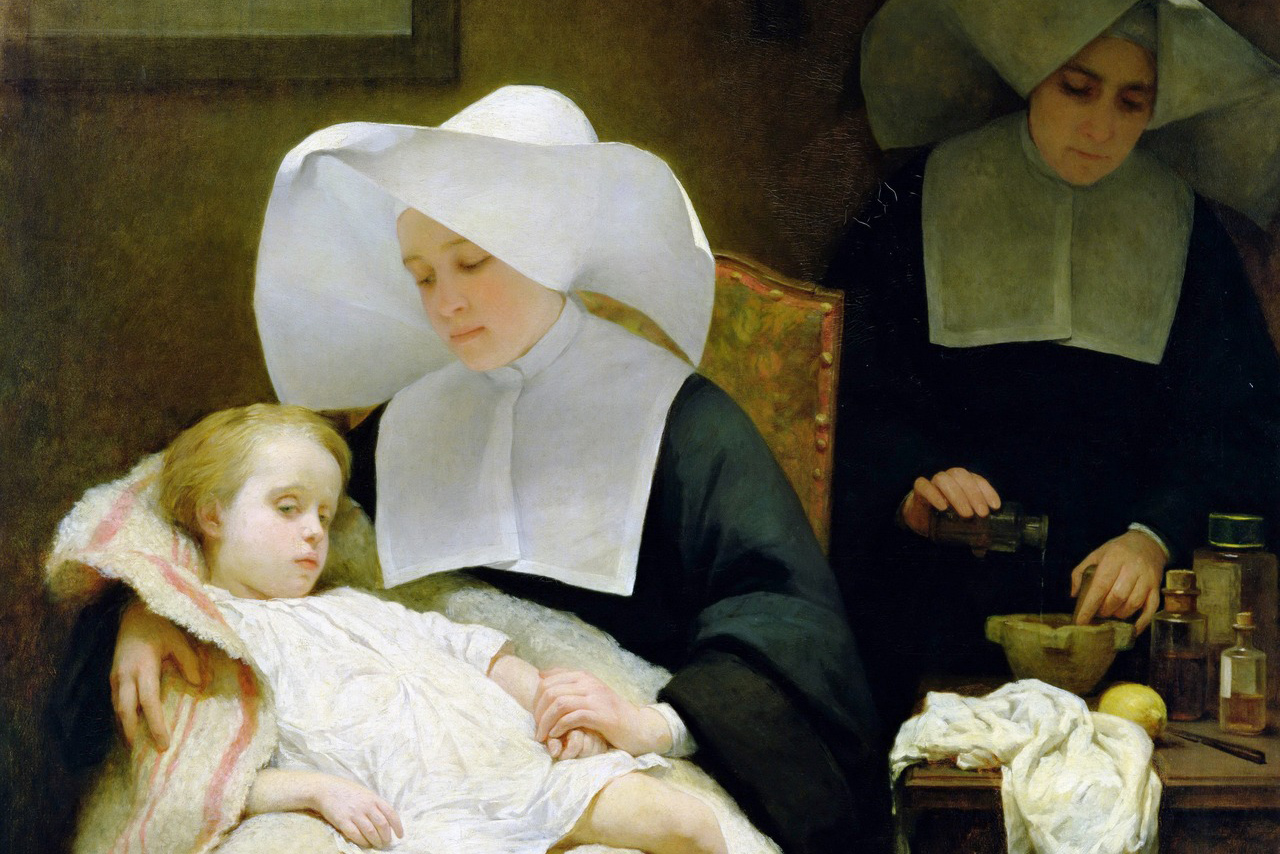 Here is a description of them:
Here is a description of them:
